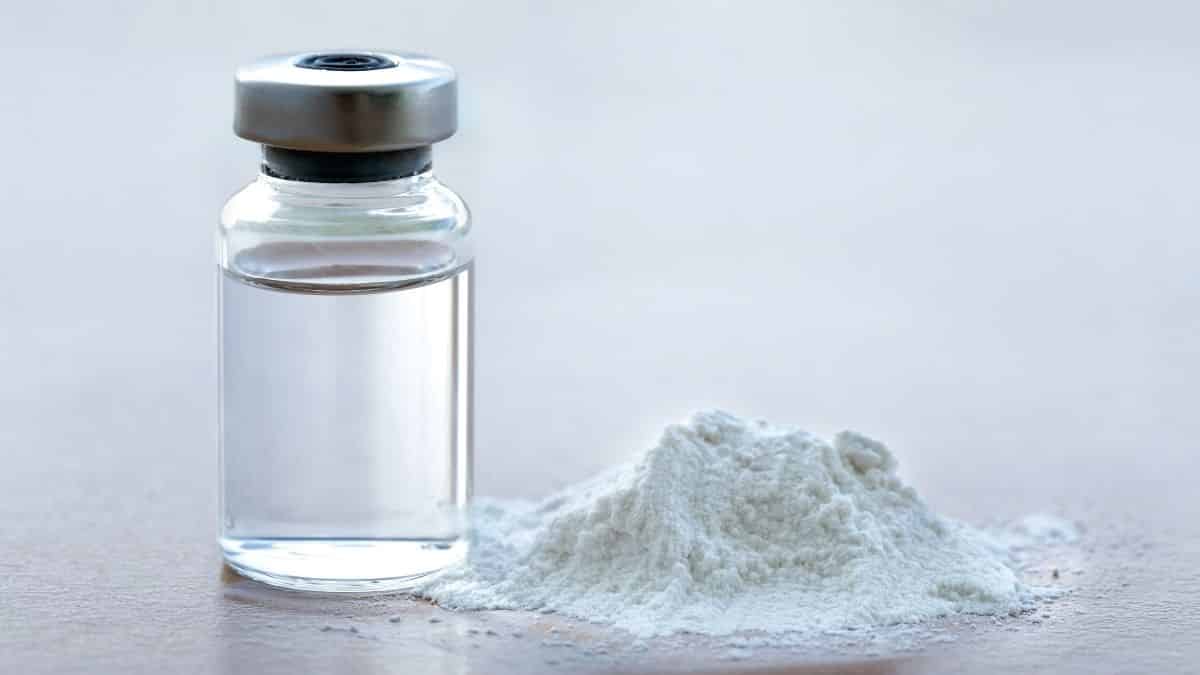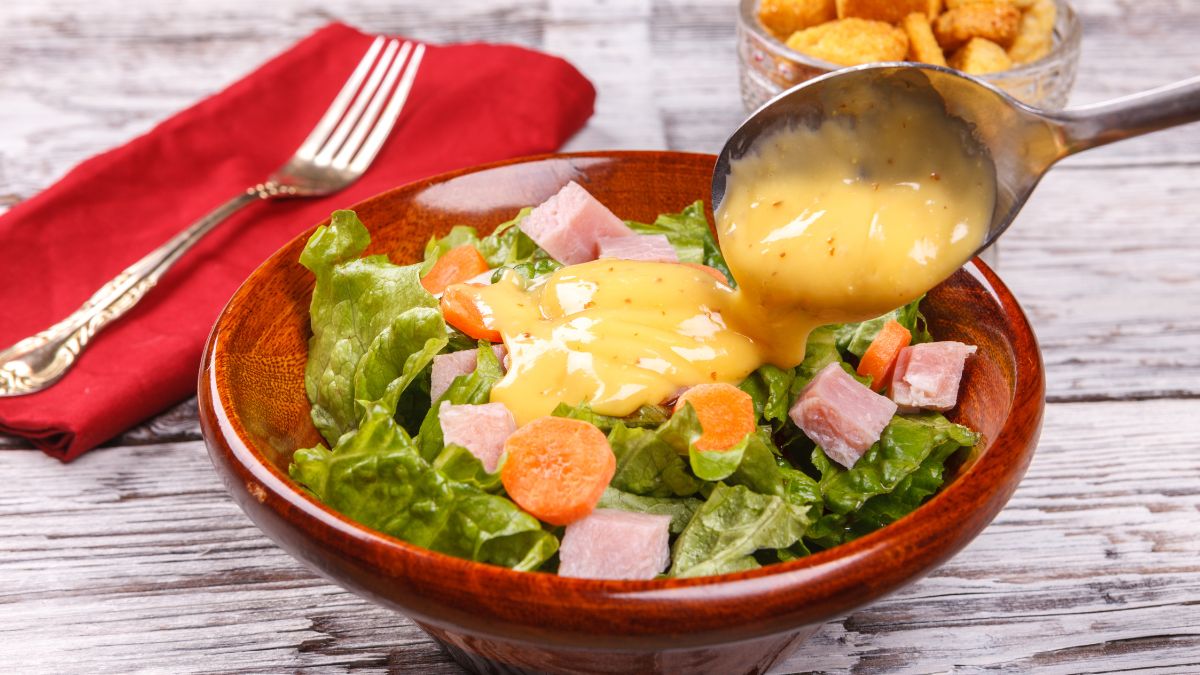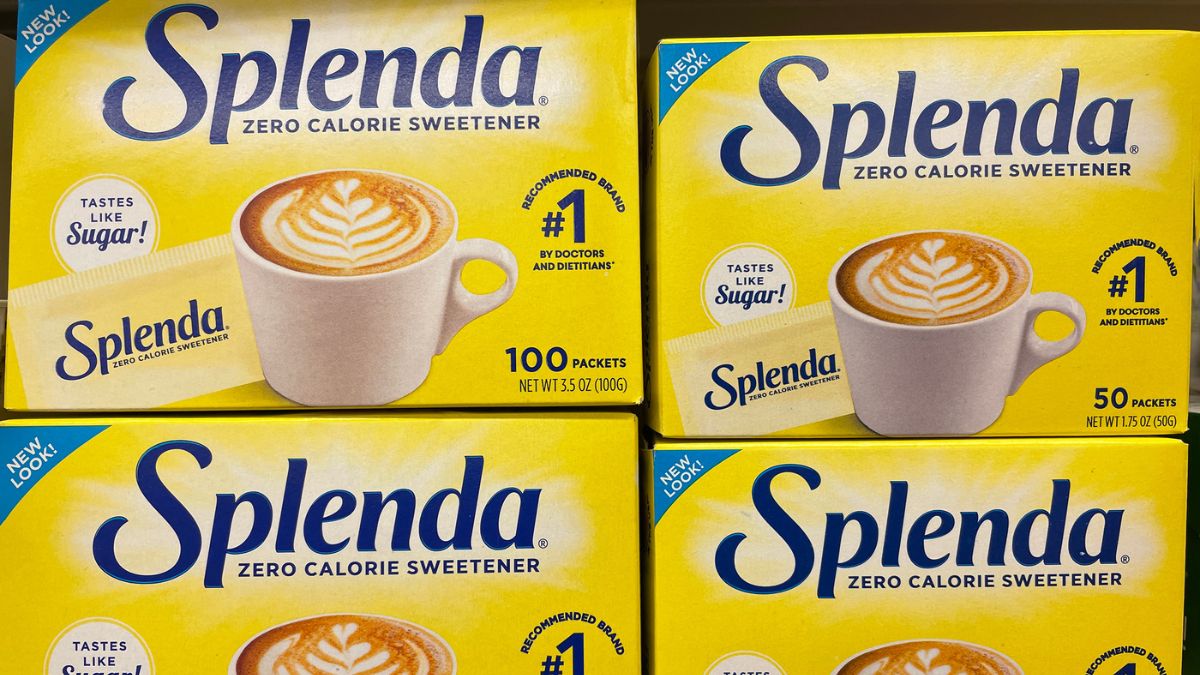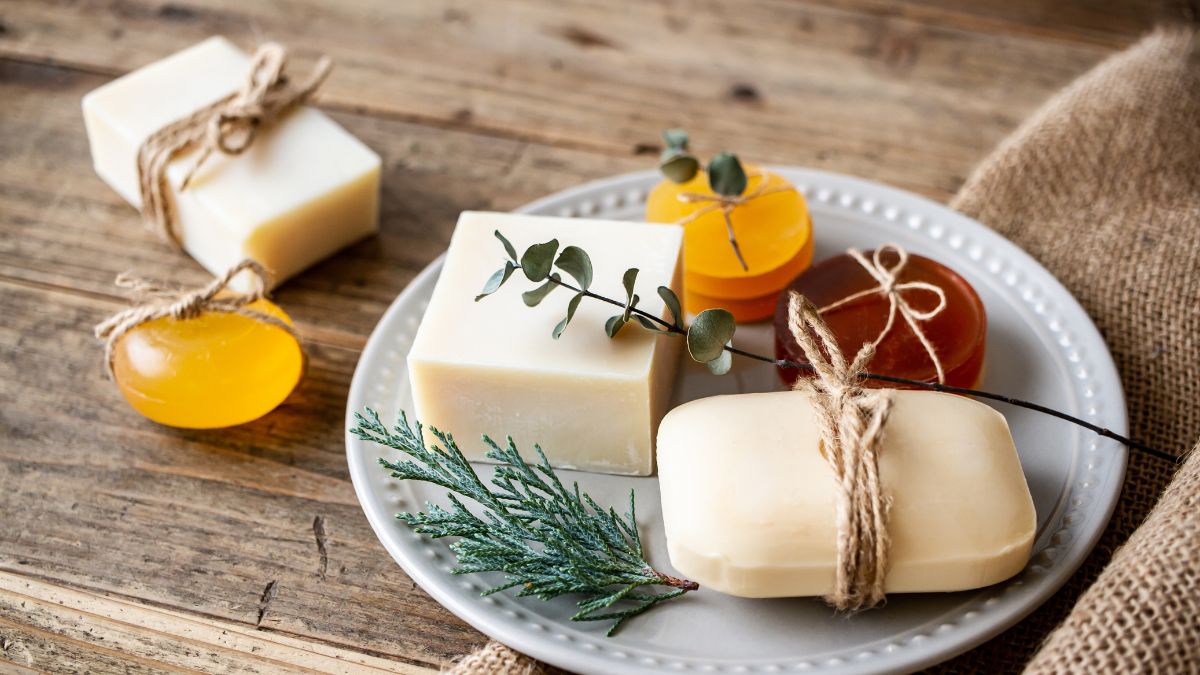Answer: It depends. Even though ketamine is vegan, vegans should note that doctors are likely to supplement ketamine with a non-vegan brand Propofol 2.

While considering vegan-friendly substances, issues that come to play are; the sanctity of life, ethics, environmentalism, religion, and health. When asked, ‘is ketamine vegan?’, we cannot afford the luxury of oversimplifying the answer with a yes or no. We not only look at the components of a substance while scrutinizing how vegan it is. But we also consider whether animal life was respected at all stages of its manufacturing, research, and use.
Ketamine is widely recognized for its effectiveness as an anesthetic, commonly used to induce unconsciousness during medical procedures. However, in many cases, anesthetists need to combine ketamine with other drugs to achieve the desired effects. For instance, ketamine does not relax muscles, so a muscle relaxant is often added when surgery requires muscle relaxation. Similarly, for procedures involving significant pain, additional painkillers are given alongside ketamine. If you’re wondering whether ketamine is vegan, it’s important to know that the drug itself does not contain animal-derived ingredients, but some formulations or additives may vary. As we advance toward 2025, ongoing research and transparency about medication ingredients continue to be essential for patients seeking vegan-friendly options in anesthesia.
Components of Anesthetic
A general anesthetic has three essential components; a drug to make the patient unconscious, a pain killer, and a muscle relaxant. Besides these, there are other non – essentials and extras. They include intravenous fluids, local anesthesia, and anti-sickness.
General anesthetic comprises a combination of the following groups of drugs:
- Volatile anesthetics are gases that patients inhale to sleep
- Sedation drugs that induce drowsiness before general anesthetic or local anesthetics procedures
- Local anesthetics for creating numbness in small areas of the body during minor surgery
- Opiates as painkillers during and after an anesthetic
- Muscle relaxants prevent coughing and control movement. They also enable breathing tubes to be fixed.
- Antiemetics drugs to prevent vomiting and nausea after an operation
- Safety drugs to regulate low heartbeat rate
- Intravenous fluids to maintain hydration
- Human blood products to replace blood lost during the procedure
Luckily, most drugs combined with ketamine in an anesthetic are vegan-friendly. But that does not make the decision on a vegan combination less complicated. This is because anesthetists are overwhelmed with the broad range of available drug options to create the desired cocktail. Plus, various factors are guiding those choices.
It is up to vegans to initiate the discussion about obtaining vegan anesthetics.
Is Ketamine Vegan-Friendly?
Anyone who is set to go through an emergency or elective surgery is usually very anxious. At that time, the last thing people worried about was the kind of anesthetic to be administered.
Even though ketamine is vegan, vegans should note that doctors are likely to supplement ketamine with a non-vegan brand called Propofol 2. It is because ketamine’s anesthetic effect lasts for a short time and might wane out prematurely in a long surgery. Administering large doses of ketamine to last through a long surgery will cause serious side effects that can be permanent or fatal. Propofol is the best available supplement combined with ketamine to dilute its potency.
There is another substance that vegans need to look out for in anesthesia. It comes in the form of fluids called colloids. These are administered to help in increasing blood pressure during surgery.
Vegans need to make sure they are given vegan colloids. It is because they are two types. One type contains starch, which is vegan-friendly, and the other contains gelatin and non-vegan.
Stigma as a Vet Medicine
When ketamine was initially introduced, it was a veterinary anesthetic. This has created a stigma around it as a vet drug. Technically, ketamine is non-vegan because it’s tested on animals at developmental stages.
According to Aarav Patel, a spokesperson of a factory in Ibiza, there is an effort toward creating vegan-friendly ketamine that will not be tested on animals.
What Is Ketamine?
Ketamine is classified as a dissociative anesthetic. It is a drug that distorts perception.
People consume it in the form of a powder or a liquid. They either snort it, inject it, add it to cigarettes or joints, or put it in drinks. The drug was first discovered in 1956 and was approved as anesthetic medicine in America in 1970.
At first, ketamine was a veterinary anesthetic. It later hit popularity as surgical anesthesia among American soldiers in the Vietnam War. Due to its potential abuse, it was listed as a controlled substance in America in 1999.
Ketamine is commercially manufactured in the US and other countries. Most drug found on the streets is diverted from legal sources, mostly veterinary clinics. Outside the medical world, ketamine is popularly known as a club drug. And because it puts the user in a trance, people misuse it as a date-rape drug.
It is an effective painkiller and antidepressant when medically administered in lower doses. Yet, because of its ability to take over a chemical receptor in the brain, it can both be suitable medicine and a dangerous drug.
When a person misuses it, effects may include nausea, amnesia, hallucinations, increased heartbeat and blood pressure, numbness, vomiting, and respiratory problems.
The president of the American Society of Anesthesiologists, John Abenstein, described it very well when he said, “Outside of the clinic, ketamine can cause tragedies, but in the right hands, it is a miracle.”
Ketamine Brand Names
It is sold worldwide under the brand name Ketalar and marketed under names like Ketamina, Ketaminol, Ketanest, Calypsol, Ketalar, Tekam, Ketamin, Ketanest, Ketaset, Ketamine, among others.
The street names include Special K, Super C, K, Cat valium, Jet, Super acid, and Green.
The Two Forms of Ketamine
There are two types of ketamine. The first is the generic ketamine that has been circulating since the 1960s. The other is s-ketamine, patented under the name Spravato and approved by the FDA for treatment.
Users are slow in embracing the s-ketamine, referred to as the new-k, because it is more costly than the generic ketamine or because they are more familiar with the old stuff.
Why Is Ketamine a Preferred Anesthetic and Anti-depressant Drug?
Anesthetists are substituting the old drug Phencyclidine with Ketamine. This is because it’s a more effective anesthetic. Ketamine is a nonaddictive painkiller. It works fast and clears fast in a patient’s system.
When administered during surgery, it stimulates rather than depresses the circulatory system. This reduces the likelihood of choking and coughing during and after a procedure.
As an antidepressant, it takes effect immediately, unlike others that take a few weeks before starting to work.
Patients who use ketamine have a higher rate of total recovery from depression than those who use common antidepressants like Prozac or Trazodone for treatment. These unique properties of ketamine have amazed researchers. One theory of why ketamine works in this way is that it prompts the regrowth of brain cell connections.
Alternatives to Non-vegan Drugs
Propofol can be avoided as a supplement by replacing it with another vegan-friendly brand called Cleofol.
Doctors can also replace Propofol with gas. But, this remedy is an act of replacing one wrong with another wrong.
It is because gas as an anesthetic sedative will help vegans avoid consuming animal matter in Propofol and make them embrace a product that leads to environmental degradation. Both actions go against vegan beliefs.
Vegans may also replace non-vegan colloids with vegan-friendly crystalloids.
Conclusion
Vegans must discuss obtaining a vegan-friendly Ketamine anesthetic with their doctors before a procedure.
They may not have much choice regarding ketamine undergoing clinical trials on animals. This is because it is standard practice for all drugs to go through animal trials before human trials.
Even as they discuss with their doctor, the latter might not have better options to substitute some non-vegan combination drugs.
Whatever the consensus, vegans should ensure that their decision is balanced between their beliefs and not compromising their health and well-being.




